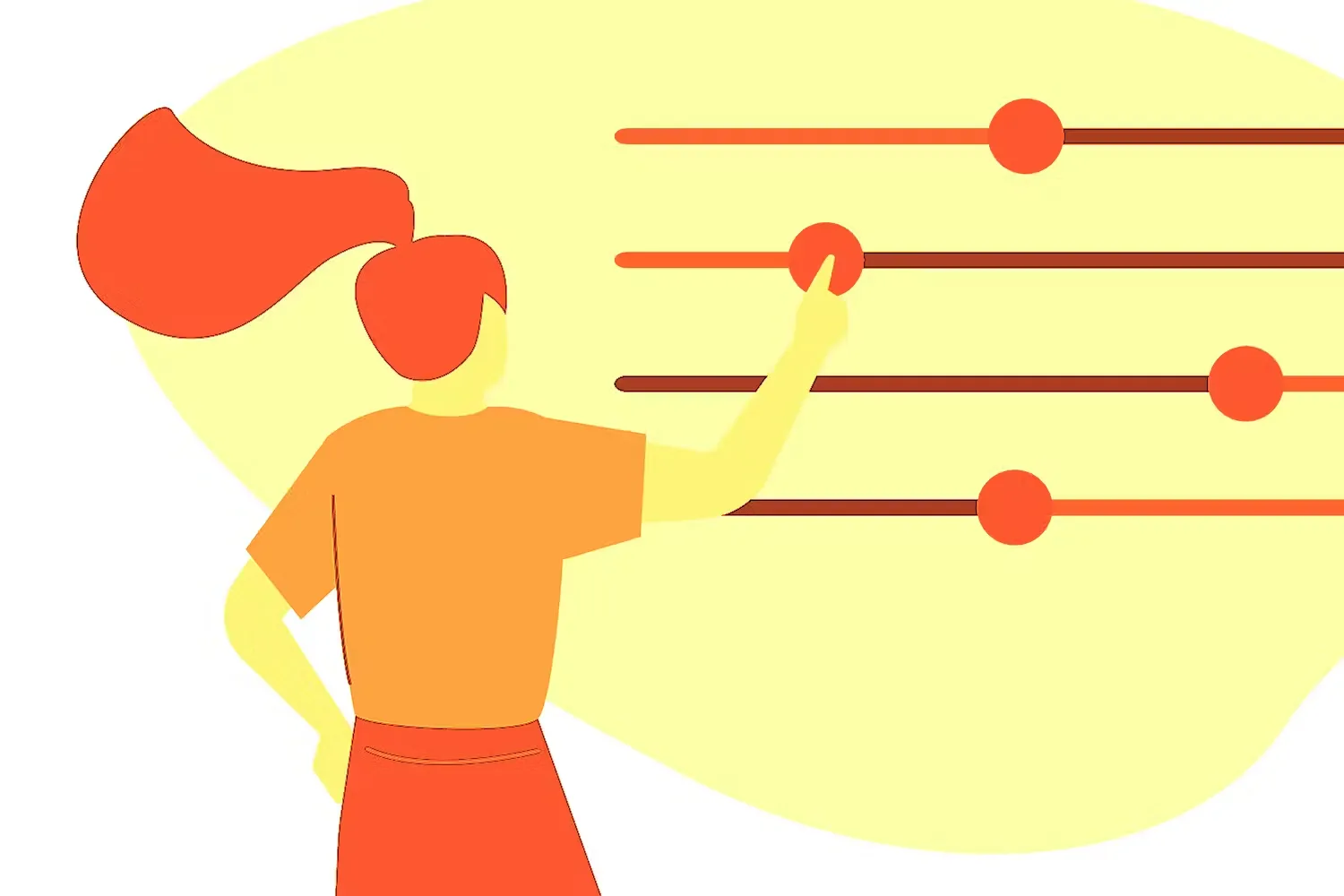
How to Benefit from an ARM Mortgage

In the world of home lending, there are two main types of loans: fixed-rate and adjustable rate mortgages (ARMs).
You’re probably familiar with the basics of each: fixed-rate loans have a rate that is the same for the life of the loan while adjustable rate mortgages have a rate that fluctuates over time. The thought of interest rates going up in the future may cause borrowers— especially first-time homebuyers— to shy away from ARMs. However, if you play your cards right, they can be a smart move that saves you money in the long run.
We’re here to discuss when you should consider taking out an adjustable rate mortgage and how to make the most of it.
ARM Mortgage Benefits
Adjustable rate mortgages have several notable benefits.
Benefit #1: Lower initial rates
Hybrid ARMs are a combination of fixed-rate and variable-rate loans. With this popular type of ARM, borrowers get a fixed initial rate. After the initial period is over, the rate is subject to fluctuation.
Often, these introductory rates are lower than those of 30-year fixed-rate mortgages, making them a lucrative option for borrowers.
Benefit #2: Predictable in the short term
Because of the fixed initial rate, hybrid ARMs are predictable in the short term.
You can typically see how long the fixed rate will last by looking at the loan name. For instance, a 7/1 ARM features seven years of a fixed rate, followed by a variable rate that adjusts every year. A 5/5 ARM would have a fixed rate for five years; after that, the rate would adjust every five years.
Meet our team and get started.
Our local, award-winning lending team is ready to help you begin today.
Benefit #3: Potentially lower interest rates
Adjustable rate mortgages don’t inherently mean higher future interest rates. Index rates could drop in the future, resulting in even lower monthly payments than you started with.
Because the economy is not predictable, this should not be your primary reason for taking out an ARM. Even the foremost experts on the economy can’t predict if rates will go down or up, and by how much.
Cons of an Adjustable Rate Mortgage
The biggest disadvantage to ARMs is the potential for interest rates to rise in the future. Some borrowers are lured in by the low initial rate but are disappointed later down the road when their rate goes higher—sometimes even higher than what it would have been if they opted for a fixed-rate loan.
Borrowers can really find themselves in trouble if interest rates rise so high that their monthly payment becomes unaffordable. Although ARMs have rate and payment caps, interest rate hikes can increase monthly payments by a significant amount.
For instance, if the interest rate increases by 2 points from 5% to 7%, the monthly payment on a $300,000 loan will rise by nearly $400. If a borrower isn’t prepared to foot this extra amount, it could spell trouble.
This is part of what happened in the 2008 Housing Crisis—a lot of homeowners had ARM loans, and interest rates rose significantly and very quickly. There were also some lenders that engaged in predatory lending—in other words, not being strict enough with underwriting and approving some folks who were not in a financial position to take out a large loan.
Since 2008, there have been a significant amount of regulation changes put in place to prevent predatory lending. When you’re working with a mortgage lender, you can always ask about what falls under regulations and how your specific situation might be affected by rising interest rates. A good lender will always inform you of the regulations protecting you, how they work, and how your payment might change with an adjustable rate mortgage.
How to Make the Most of Your ARM
Understanding the strengths and weaknesses of an adjustable rate mortgage can help you use them to your advantage. They aren’t for every homebuyer, and to feel the full benefit of an ARM, it’s important to use it wisely.
Who are adjustable rate mortgages best for?
Adjustable rate mortgages are best suited for borrowers who:
- Know that they are not buying their forever home. If you plan on holding onto your property for a couple of years, take advantage of an ARM’s low introductory rate. Rate increases can be avoided if you plan on selling before the first adjustment.
- Anticipate making more money in the future. If you know that your income will keep rising and that will give you an even larger safety net than you already have, an ARM loan might make sense. But if money is tight right now and you’re counting on more income to make your monthly payments work long term, an ARM loan is probably not the best choice.
- Are willing to take a risk. ARMs aren’t for the faint of heart! If you enjoy the security of knowing your interest rate is locked in for the duration of your loan, an ARM probably isn’t a good choice for you. If you are willing to take on additional risk for a potential reward, you may decide that it is worth it.
In all of these cases, there’s one thing to keep in mind: There is no way to predict the future. You may end up not selling the house when you thought you would. You may not get the raise you were expecting after working for your company for a few years. The economy may not go the way everyone thought it would.
How to Use an Adjustable Rate Mortgage
No matter your situation, consider the following tips to make the most of your adjustable rate mortgage.
1. Understand the loan terms.
This goes for anything in life, but don’t sign on the line if you don’t know what you’re getting into. Be sure that you fully understand the terms of the loan, including:
- How long the initial period is and the rate during that time
- How often your loan rate will change
- The initial adjustment cap, or how much the interest rate can increase after the fixed-rate period
- Subsequent adjustment cap, or how much your rate can increase after the first rate change
- Lifetime adjustment cap, or how much your rate can increase over the lifetime of the loan
- Knowing these things will help prevent surprises down the road.
2. Ensure that you can afford the loan at its highest rate.
You don’t want to get an ARM with the mentality that I can afford it as long as rates stay low.
Be sure that you can afford your monthly payments, even if rates rise to their maximum. Use the initial adjustment cap, subsequent adjustment cap, and lifetime adjustment cap to calculate the highest that your loan payments can be at various points.
3. Weigh the risk versus the reward.
How much will you save initially by taking out an ARM? Is this reward worth the risk of a higher payment down the road? Are you prepared to continue making payments at their highest, in the event that you can’t refinance?
Compare Your Home Loan Options
As always, don’t take out the first loan that you come across. When buying a home, it’s important to shop around for the best mortgage options and interest rates. Compare loan products to find the best one for you and your financial situation.
When in doubt, talk to a mortgage expert! At Amplify Credit Union, we want everyone to find a mortgage that works for them and their financial future. Contact us today!
Ready to get prequalified?
Apply today and start your journey toward your new home.




